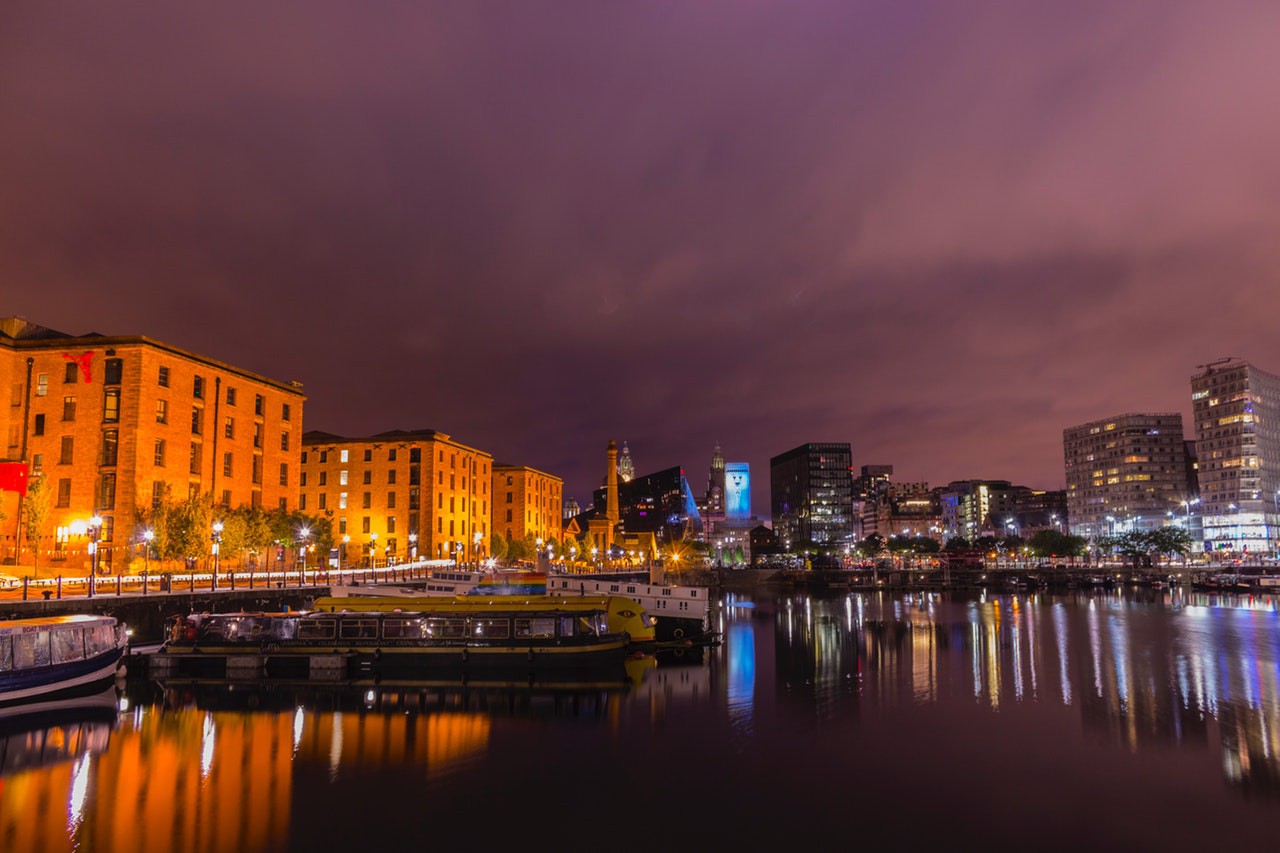The estimated population of Liverpool, as of the last census – the 2011 census – was 491,500. That makes it the sixth most populous city in the UK.
On the other hand, Liverpool’s metropolitan area had a population of 2.24 million, according to the 2011 census. That number makes it the UK’s fifth-largest metropolitan area.
The City has long been closely associated with the arts, music in particular.
The Beatles, together with a variety of other bands from Liverpool (Echo & the Bunnymen, Dead or Alive, Frankie Goes to Hollywood, Elvis Costello, A Flock of Seagulls, Atomic Kitten among them), greatly contributed to the City’s status in terms of tourism.
Incidentally, the City’s musicians among them have produced 56 singles that reached number 1 in the Charts. That’s more than any other city worldwide.
Advantages of Living in Liverpool
1 World Heritage status and home to The Beatles.
Liverpool is a World Heritage city. Because of that, it has attracted plenty of investment – investment made into historical assets.
Since 2008, Liverpool has enjoyed almost £800 million in investment.
And, of course, in large part because of this, the visitors, both from the UK and elsewhere, flock to Liverpool in their thousands. Liverpool is the sixth-most visited city in the UK by tourists, beating out the likes of Oxford (seventh on the list) and Cambridge (tenth).
Furthermore, Liverpool is home to one of the most famous bands of all time – The Beatles.
2 Things to do in Liverpool.
In part, because of its World Heritage status, there are now more things to do in Liverpool than at anytime previously.
Among the highlights:
River Cruise and Hop-on Hop-off Bus Tour.
Beatles and Sightseeing Walking Tour of Liverpool.
Liverpool 50-Minute Mersey River Cruise.
Otherwise, among the top attractions in Liverpool are:
Anfield Stadium (home to Liverpool Football Club).
3 Cost of living.
The cost of living in Liverpool compares rather well in many respects in comparison to other cities throughout the UK.
The following data is from July, 2019 (reference: Numbeo.com)
4 Friendly people with excellent sense of humour.
Liverpudlian people have a tendency to be very welcoming to City visitors. Much more so than Londoners.
What’s more, while the sense of humour is said to be “quirky,” once you “get” the humour, if you ever do, it’s likely you’ll find it to be among the best you’ve ever come across.
Disadvantages of Living in Liverpool
1 Crime rate in Liverpool.
The crime rate in Liverpool is considerably lower than in most other Northern English cities, inclusive of Manchester, Newcastle, and Burnley. So, why is Liverpool’s crime rate on the list of disadvantages with respect to living in the City?
That’s because the crime rate in Liverpool is far higher than the national average.
For example, between January, 2015 and December, 2016, Liverpool experienced 266 crimes per 1,000 inhabitants.
That rate is no less than 78 percent higher than the national average, the national average being 149 crimes per 1,000 inhabitants.
2 Weather in Liverpool.
Liverpool doesn’t experience the worst weather in the UK.
Not the best, either.
Let’s check some stats.
Temperature-wise, Liverpool’s coldest months are, as to be expected, December, January, and February.
Average high in December is 8 degrees centigrade, while the average December low is 3 degrees centigrade.
Average high in January is 7 degrees, while the average low is the same as December at 3 degrees.
February experiences an average high of 8 in Liverpool and an average low of 3 degrees.
In June, we see an average high of 18 degrees C and an average low of 11.
July, average high of 20 with an average low of 13 Centigrade.
Then, in August, it’s highs of 19 C and lows of 13 C.
Not scintillating, but it could be worse (as it is in Scotland).
In terms of rainfall, in Liverpool, we see the most rain falling in October through March whereby over 60mm of rain falls (exclude February: February only sees around 52mm of rainfall).
Oddly enough, the most rainy days – days that experience rain – in Liverpool falls in the month of May.
There are, on average, 18 days that experience rainfall in May in Liverpool. However, in May, there is only approximately 37mm of rainfall in Liverpool – the lowest amount of rainfall on average for any month.
Photo by Neil Martin from Pexels
